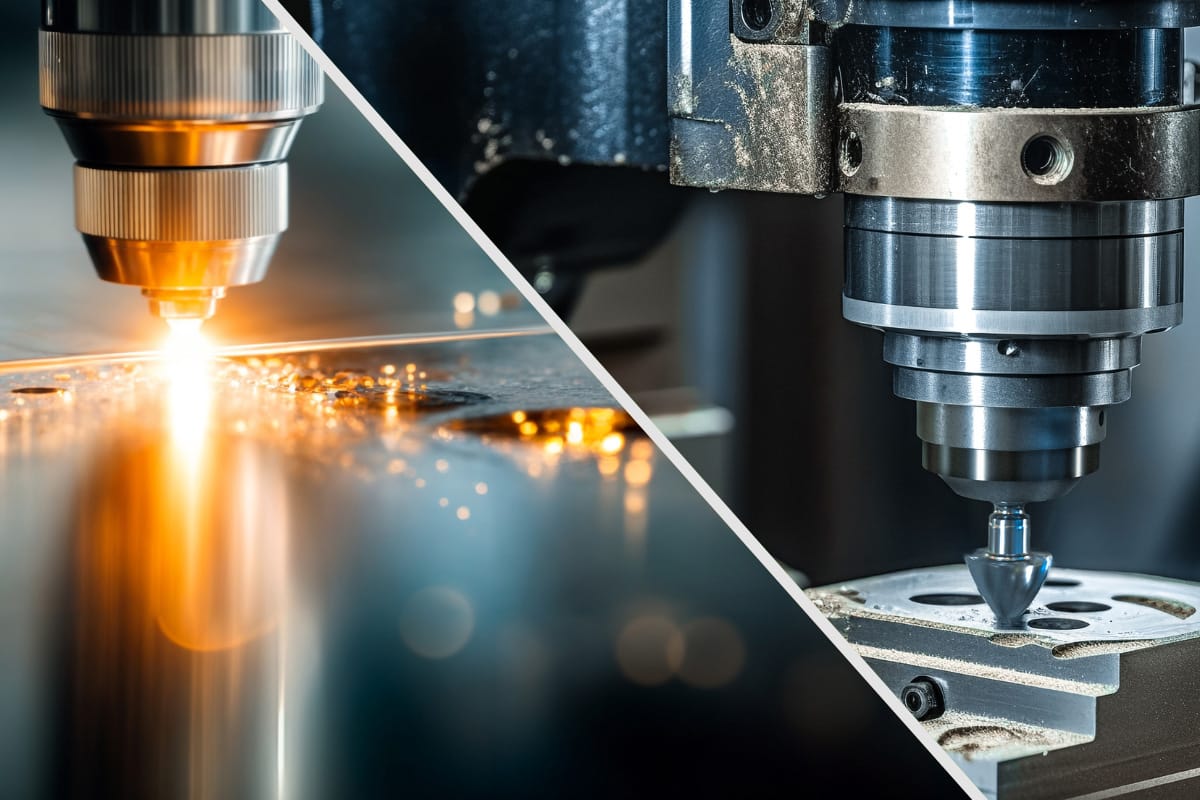Manufacturers are constantly attempting to streamline complex processes in an attempt to increase productivity, boost profitability and save time and money. They endeavour to balance the need for cost reduction with the need for quality. This is of particular importance to manufacturers who do custom design as their costs are generally higher. How can this be achieved? Are there effective ways to streamline your manufacturing processes?
What does it mean to streamline a manufacturing process?
Streamlining refers to the improvement in the efficiency of a process, resulting in optimization. Fully optimized operations help a business achieve their highest potential; saving time, minimizing risks, reducing costs and giving them an advantage over the competition. A streamlined manufacturing process requires minimal labour, which means that less time is spent troubleshooting errors and more time is available for meeting customers’ needs. It also offers insight into improvements that can be made in the future as the lessons learned on what speeds up or slows down work can be carried over into the next production cycle. There are many ways for an organization to achieve this state of streamlined, optimized processing.
The benefits of streamlining manufacturing processes:
There are numerous benefits to taking the time and effort to streamline your manufacturing processes.
- Cost-effectiveness: A streamlined process requires minimal labour and responds to customer requirements/demands rapidly. Less inventory is needed as higher throughput yields are realized. Less energy and resources are used to generate value.
- Full leverage of automation technologies: An inefficient process requires constant user intervention by skilled labour, the use of many resources and may produce a subpar product. A streamlined process allows efficient leverage of the right technologies, giving a competitive advantage to the manufacturer.
- Insights for future improvements: Lessons learned when streamlining a process can be applied to other processes within the organization. Opportunities to tie systems/processes together become apparent, improving efficiency.
- Improved processes: Outdated, inefficient and/or wasteful processes handicap profitability. Streamlining removes unnecessary steps, tightens processes and helps achieve a quality product.
- Improved quality: Streamlining processes (checking raw materials, quality assurance checks, etc.) typically results in better quality products, ensuring customers/users are satisfied and boosting sales.
- Increased efficiency: Streamlining (implementing communication/data management, optimizing resource planning, etc.) provides real-time inventory data and a platform for quality control communication, increasing efficiency. Employees better understand their roles. Stock control, delivery management, and business intelligence increase.
- Increased productivity: Eliminating unnecessary tasks allows workers to focus on productive tasks, accomplishing more and leading to better overall productivity.
- Improved communication: Streamlining processes improves the flow of information throughout a company, making operations run more smoothly.
- Better time management: Fewer complicated tasks means employees have time to handle important responsibilities, leading to increased productivity, reduced absenteeism and cost savings. Fewer/simpler processes mean less time spent on supervision. Streamlining reduces wasted time.
- Minimized risk: Fewer/simpler processes allows less room for error, minimizing risk. There are fewer opportunities for mistakes and potential problems can be spotted before they become significant issues.
How to streamline manufacturing processes:
There are many ways to streamline processes. Consider:
- Reducing waste: Analyze production data, reviewing the cost of creating your product. This helps you troubleshoot errors and increase productivity. Look for over-produced products, under-trained staff, wait time for approval/parts and errors that may need addressing. Prioritize inventory management and reduce the materials used.
- Enhancing communication: Every department (engineering, production, marketing, sales, maintenance, etc.) needs to understand every step of the process. Teams need to communicate clearly so that everything runs smoothly. Store all your files digitally to speed up communication.
-
- Reducing errors: Errors/revisions hold up production. Schedule regular team meetings to brainstorm ideas for constant improvement of production. Offer employee recognition awards for ideas that are used.
- Simplifying offerings: Trying to make many products can cause problems in production because of excessive inventory, expensive custom work, complex sales procedures and extra and/or unnecessary steps. Simplifying the number of products you offer allows you to focus on one/two areas and become an expert, fine-tuning your product.
- Cleaning the production area: A clean space minimizes hazards that can halt production, and leads to better quality work and happier staff. Consider hiring a professional cleaning service.
- Improving quality: To improve quality, begin by addressing the raw materials you receive via checklists that ensure each order is correct, quantity is accurate and defects are identified. Next, inspect each stage of manufacturing to ensure it meets requirements. If problems occur, halt production and address the concern. This improves quality and saves time and money. Test equipment often and build a talented team who are trained in quality control.
- Increase use of mobile devices: Optimize the use of mobile devices, allowing teams on the production floor to send real-time notifications to managers. This saves time and reduces the escalation of problems.
- Analyze the workflow looking for ways to improve. Elicit feedback from workers and customers and use this data to improve workflows.
- Reduce lead times: The time between starting and completing a process (raw material to customer order) is referred to as lead time. In order to outpace competitors, reduce carrying costs and respond quickly to a changing market, it’s important to reduce this time frame.
- Invest in technology: Better machines (faster, more accurate) improve processes and the finished product.
Streamlining processes is an essential strategy for custom manufacturers, allowing them to leverage innovations/opportunities to gain a competitive advantage in the marketplace. Streamlining enables a manufacturer to deliver quality products to more customers, improving their bottom line and contributing to continued growth and success. Constant re-evaluation of processes/practices is required to continue to improve efficiency, maximize profits, improve quality and foster innovation.
Interested in streamlining your manufacturing processes? Contact Calgary-based Innovative Manufacturing Source (IMS). Our team of knowledgeable, skilled, dedicated people offer unsurpassed service and product. We serve you through in-house manufacturing capabilities completed on state-of-the-art equipment. Call us at 403.279.7702 for production support. Let us be your premier partner and provider of Electronic Manufacturing Services for all of your manufacturing needs. We support customer-specific requirements on all our products.




